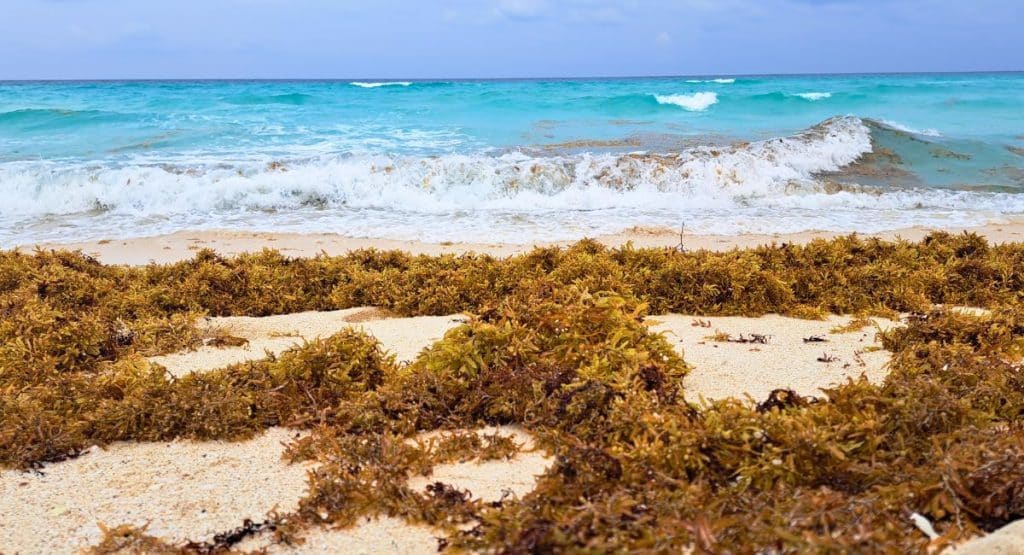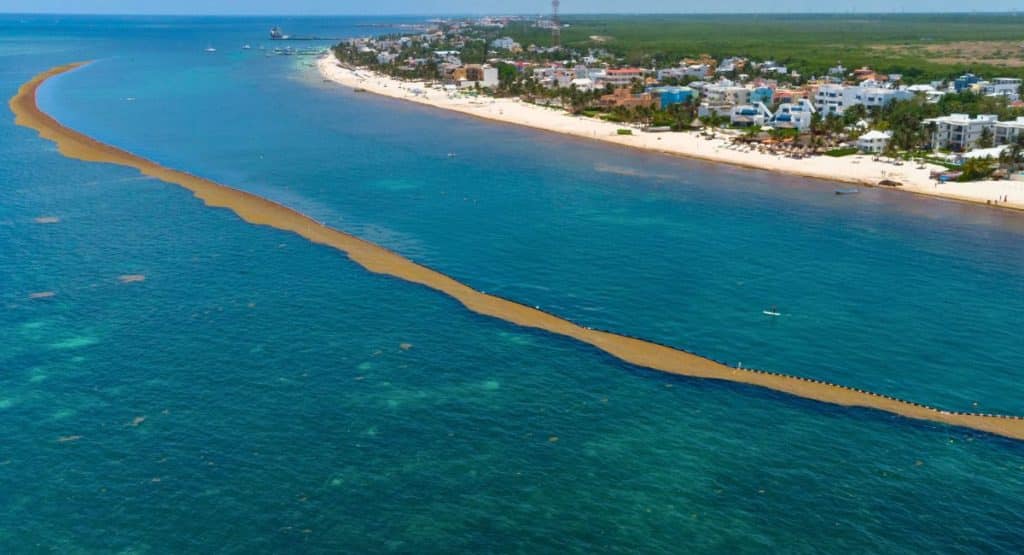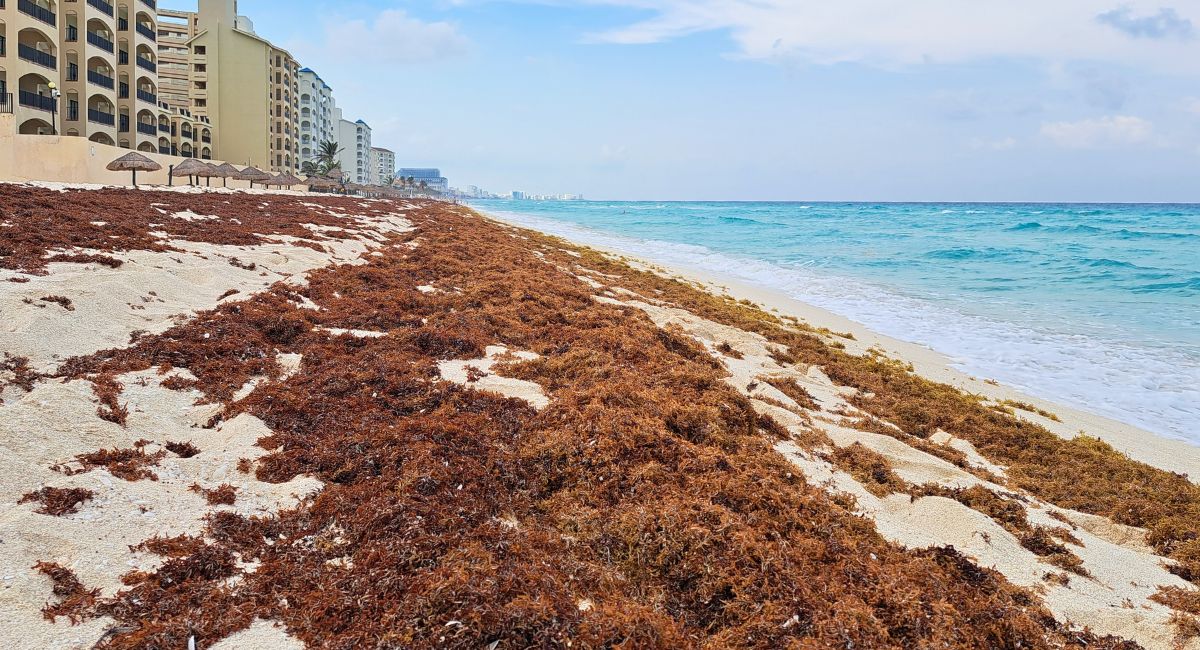If you can’t decide whether or not to book those flights to Cancun due to sargassum season, rest assured that not only the authorities, but also the local hotel industry will do so. concerned to offer you the best possible beaches.
Cancun’s sargassum seaweed season was very mild in 2024, but that started to change last week. Reports and photos today, April 24, indicate a huge spike in sargassum levels in Cancun and the region.
Source: Traveling Lifestyle
Last month, the state government, along with the Secretary of the Navy, the private sector, non-governmental organizations, environmentalists and civil society, joined forces to tackle sargasso by 2024.
According to Jesús Almaguer Salazar, president of the Hotel Association of Cancun, Puerto Morelos and Isla Mujeres, local hoteliers have hired up to 300 workers each to keep the beaches clean.
“Each hotel makes plans depending on sargassum behavior and with these barriers in place we have significantly reduced the number of arrivals. Some hotels employ as many as 300 employees for this purpose [cleaning]depending on hotel size.”

Source: Traveling Lifestyle
The Marine Region has started installing anti-sargassum ocean barriers from Puerto Morelos to Mahahual, which has always been the most affected area.
This preventive strategy, together with the use of special vessels that can collect the algae on the open sea, has significantly reduced its presence on local beaches.

Almaguer also said that the National Institute of Statistics and Geography (Inegi) should take into account the particularities of the population living in tourist states such as Quintana Roo, as funds to address issues such as sargassum depend on the data provided by this institution .
“Inegi must remember that in tourist states like ours, we have up to 20 million temporary residents all year round, who demand services, who need services and who need to use public services.”
This season, 22 smaller ships will support the ship “Natans”, in addition to 340 employees, including technical-scientific personnel, said the Minister of Navy (Semar.)
In its first two weeks of operation, Quintana Roo collected 950 tons of seaweed from the sea.





